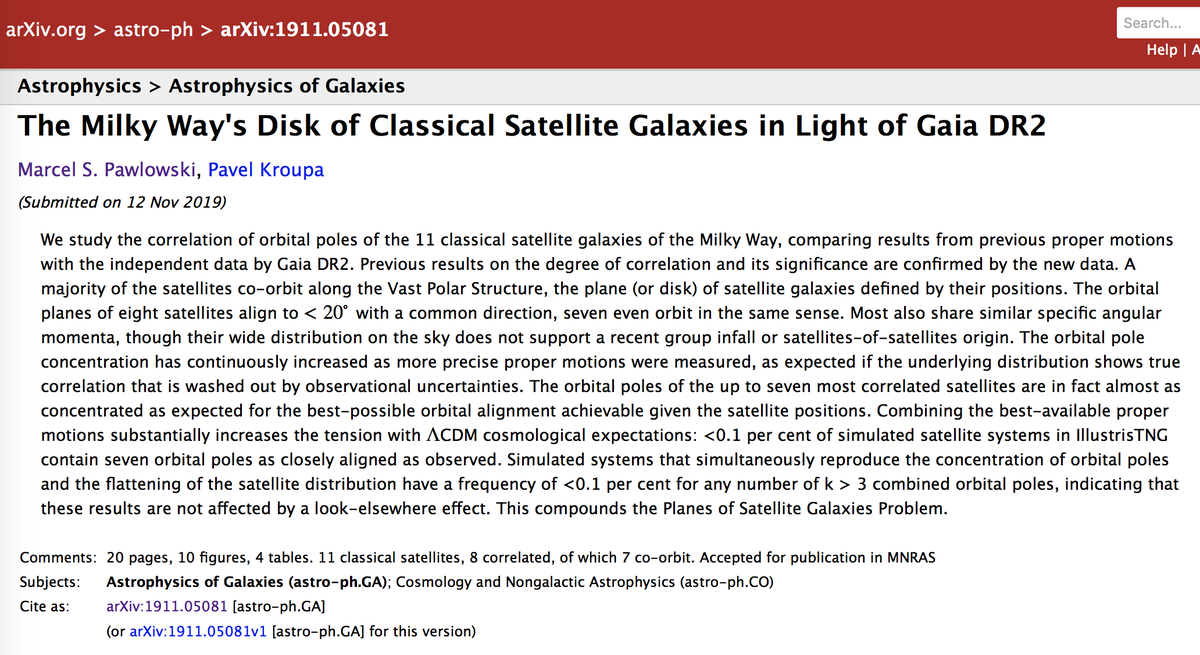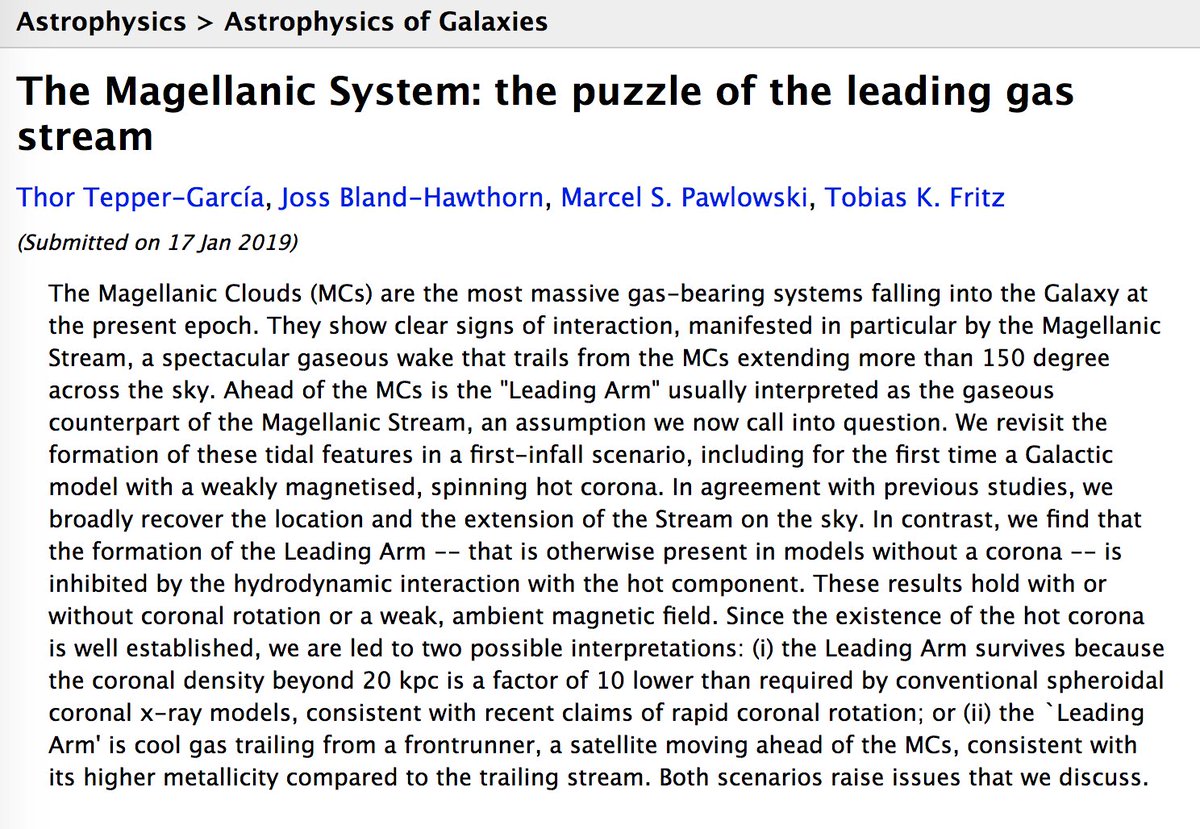To those of you interested in the controversy over the wide binary stars test of MOND, with some papers finding MOND behavior and another excluding MOND at extremely high sigma, let me summarize in a🧵what the discussion among the teams seems to have settled on here at #MONDat40:
Context: You can test the the law of gravity in the low acceleration regime via wide binary stars. This is relevant for Modified Newtonian Dynamics (MOND), which should act at accelerations around and below a0≈1.2×10−10 m/s2, where gravity is stronger than expected from Newton.
Here at #MONDat40, we heard three conflicting WB study results:
Kyu-Hyun Chae and independently Xavier Hernandez find agreement with MOND: a deviation from Newtonian expectations for wide-enough binaries.
Indanil Banik et al. find no MOND-like behavior & report 16 sigma tension.
Kyu-Hyun Chae and independently Xavier Hernandez find agreement with MOND: a deviation from Newtonian expectations for wide-enough binaries.
Indanil Banik et al. find no MOND-like behavior & report 16 sigma tension.
So, what is going on? There was a lot of discussion, but the different parties seem to now have settled – as far as I understand – on the following (tests to be performed):
Banik et al. only consider binaries with separations >2000 AU. Those are already quite close to the MOND regime, i.e. a0. You expect to find a change in behavior for different separations, i.e. once you approach the MOND regime, which they do not see.
Chae additionally considers tighter binaries than Banik, which must be in the Newtonian regime even in MOND (a>>a0). He uses these to calibrate his analysis, since he knows what Newton should do. He finds that MOND behaviors begins at 2000 AU!
Right where Banik's sample starts.
Right where Banik's sample starts.
So Banik et al. could not expect to see a change in behavior, because that change happens already at starting edge of their considered data sample. They might thus only even see the MONDian behavior, but falsely calibrate this to be Newtonian.
Indicative of this is also that Chae finds a much lower fraction of triple systems than Banik, which in Chae's case is calibrated again in the Newtonian regime of binaries.
More triple star systems (where one of the wide binary partners is actually two tighter stars) means there is more mass in the system. More mass means more gravity/acceleration. So if there is a MOND signal in the data, you might hide it in an artificial enhanced triple fraction.
This could explain the results of Banik, because the triple calibration there is done close to the MOND regime and gives high triple fractions, whereas Chae calibrates the triple fraction in the Newtonian regime and then finds evidence for MOND in the more separated binaries.
Hernandez follows a complementary approach and focusses on selecting a super-high quality sample, ensuring that no triple systems are present. The sample is thus much smaller, but a lot cleaner. That his findings agree with Chae seems indicative of triples indeed being the issue.
There will be some further (re-)analysis of the data; I assume Banik+ will expand their binary selection to smaller separation to check whether this is indeed the issue. If it is, WBs might turn out to be a success for MOND, instead of a major failure. Exciting times.
• • •
Missing some Tweet in this thread? You can try to
force a refresh

 Read on Twitter
Read on Twitter

















